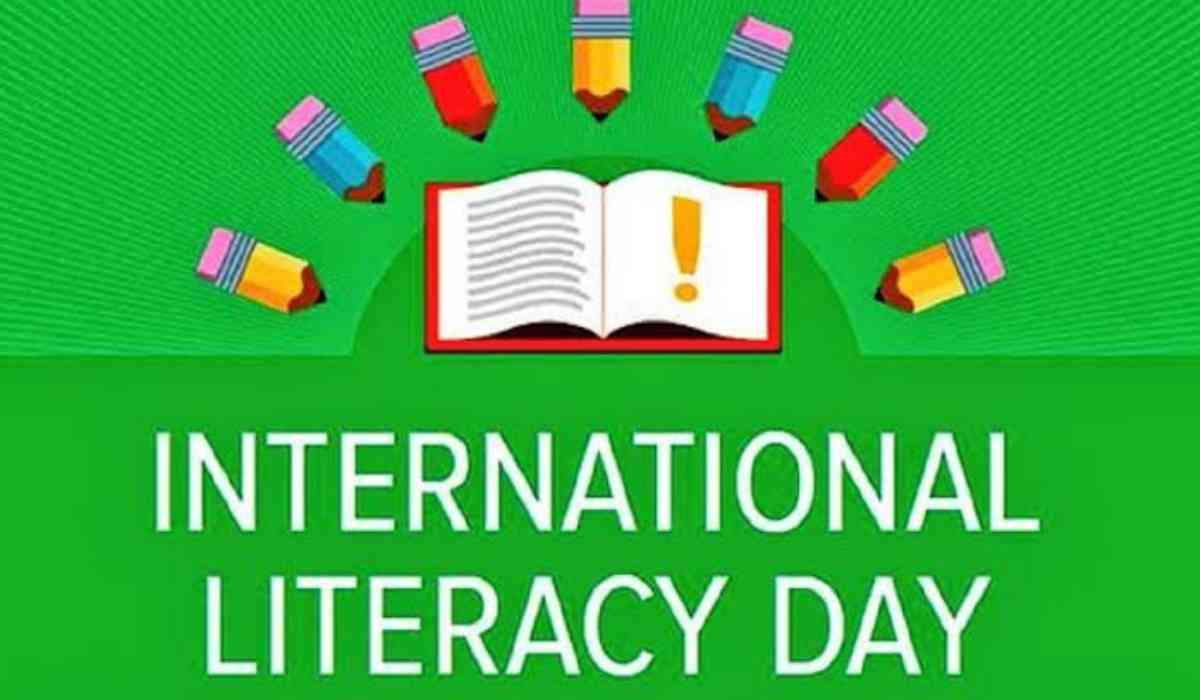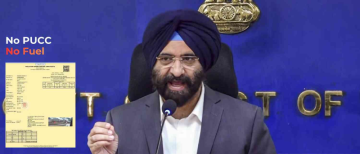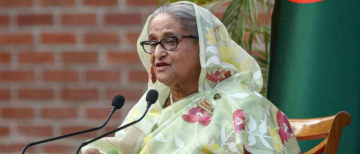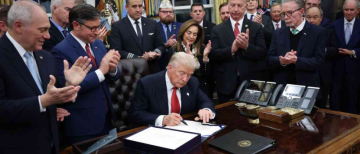International Literacy Day is celebrated annually on September 8th. Its purpose is to boost awareness about the critical role that education plays in developing a literate, sustainable, and civilized society. Despite global attempts to eliminate illiteracy, considerable obstacles remain. Climate change, health issues, and conflicts have compounded these problems. The core objective of International Literacy Day, in addition to overcoming literacy hurdles, is to make education more accessible, inclusive, and peaceful.
History of International Literacy Day: The concept of International Literacy Day was first discussed at the World Conference of Ministers of Education in Tehran, Iran, in 1965, with the goal of eradicating illiteracy globally. UNESCO officially established the day on September 8, 1966, during its 14th General Conference. The world observed the first International Literacy Day on September 8, 1967.

According to UNESCO, the theme for International Literacy Day in 2023 is 'Promoting Literacy for a World in Transition: Building the Foundation for Sustainable and Peaceful Societies.'
Literacy rates among Indian women have increased considerably throughout the years. Only roughly nine per cent of girls were literate in the early days of India's independence. According to the 2021 census, the literacy rate among women in India is 77 per cent, while the literacy rate among males is 84.7 per cent. In accordance with the Ministry of Education, Bihar has the lowest literacy rate in the country at 61.8 per cent, followed by Arunachal Pradesh at 65.3 per cent and Rajasthan at 66.1 per cent. Literacy in rural India is 67.77 per cent, whereas it is 84.11 per cent in urban regions.
The Samagra Shiksha system, according to Annapurna Devi, Union Minister of State for Education, provides comprehensive education from preschool to senior secondary levels. Its goals include ensuring universal access, addressing gender and socioeconomic inequities, and improving learning outcomes. Additionally, the Saakshar Bharat initiative focuses on raising adult literacy, especially in areas with poor female literacy rates, as determined by the 2001 Census. The goal of this project was to reach an overall literacy rate of 80 per cent and a gender gap of 10 percentage points by the end of the XII five-year plan. The scheme was extended through March 31, 2018, and it was successful in certifying 7.64 crore learners as literate.
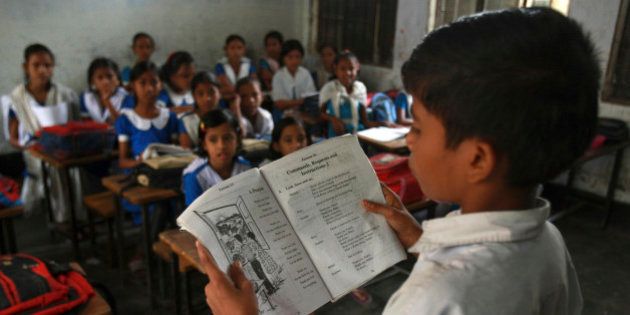
In closing, International Literacy Day serves as a reminder of the value of education in creating a more sustainable and peaceful community. While obstacles remain, nations such as India are making great advancements in boosting literacy rates, especially among women, owing to targeted governmental initiatives.
© Copyright 2023. All Rights Reserved Powered by Vygr Media.

